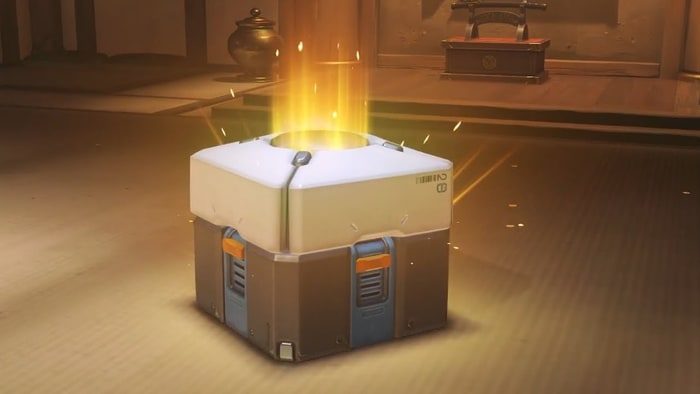It’s no secret to regular video game players that for the past couple of years loot boxes and microtransactions have been one of the biggest controversies in the video gaming industry. Loved and hated by the masses in almost equal measure, some countries such as Belgium and Holland have gone as far as to ban these polemical items outright. Belgium’s government has branded them a form of “illegal gambling” and claim that they are “a gateway to gambling for children”. Many of the large developers and companies producing these item already sell their AAA games for a hefty profit which begs the question – is touting additional content justified?
Let’s start from the beginning, the loot box is essentially a payed reproduction of randomised loot drop systems from earlier video games. Historically they were often used to distribute unpredictable rewards in Massively Multiplayer Online and Role Playing Games. The first appearance of loot boxes in gaming culture was, supposedly, in the Japanese version of a game named ’Maplestory’, which is a side scrolling MMORPG (Massively Multiplayer Online Role Playing Game). This was as far back as 2004, light years in the gaming world; so, why has it re-emerged now in major games? Was it, perhaps, a slippery slope from Facebook giants such as ‘Backyard Monsters’ and ‘Farmville’, did they lead us to the mass monetisation of games? The new era of loot boxes may have started with with the popular shooter produced by Valve; ‘Team Fortress 2’ which is a free to play title meaning these cosmetic items were the foundation for the game’s continued support, which in my opinion is fine. Microtransactions themselves are not problematic, many gamers dislike tossing cash away for a game and so opt to play games that should (in theory) cost them nothing.
AAA games that cost a sizable sum of cash like ’Tom Clancy’s Rainbow 6 Siege’ and ‘Overwatch’ have been gaining more and more players recently, most of these players will have noticed the Alpha Packs/Loot Boxes on their main menu, how could one not? They are plastered across the first screen you see after logging into the game. Similarly with ’Overwatch’ the fourth option in the menu are the loot boxes. However free to play games such as ‘World of Tanks’ and ‘Hearthstone’ have very dedicated player bases. many of whom will not pay a penny to the company who made the game. It used to be that should they choose to support the developer, the player could be rewarded with a nice in game bonus as thanks for their support, though more recently (particularly in ‘World of Tanks’) this has gotten out of hand. Why is this the case? What is leading to this hasty increase in monetisation?
Looking at it from a business perspective, we can see why these boxes are being implemented. Despite a large majority of dislike for these items, they are raking in a monumental sum of cash for the developers and publishers, this means that instead of loosening their grip on the utilisation of these boxes, it will only get tighter. So if, like me, you are counting the days until these items vanish from the games that you enjoy, the games you spent good money on, the message is clear – don’t hold your breath. Loot boxes are here to stay for the foreseeable future and we will not see removal or change in our favourite games until everyone comes to their senses and stops buying them. I leave you with this thought, how much do you really want to pay for that useless skin and how much disappointment are you willing to take?
by ARTHUR CALLAGHAN
graphic ESPORTLEAKS.COM


